The Copa Libertadores: A History of South American Football Excellence
Por um escritor misterioso
publicado em novembro/14/2024
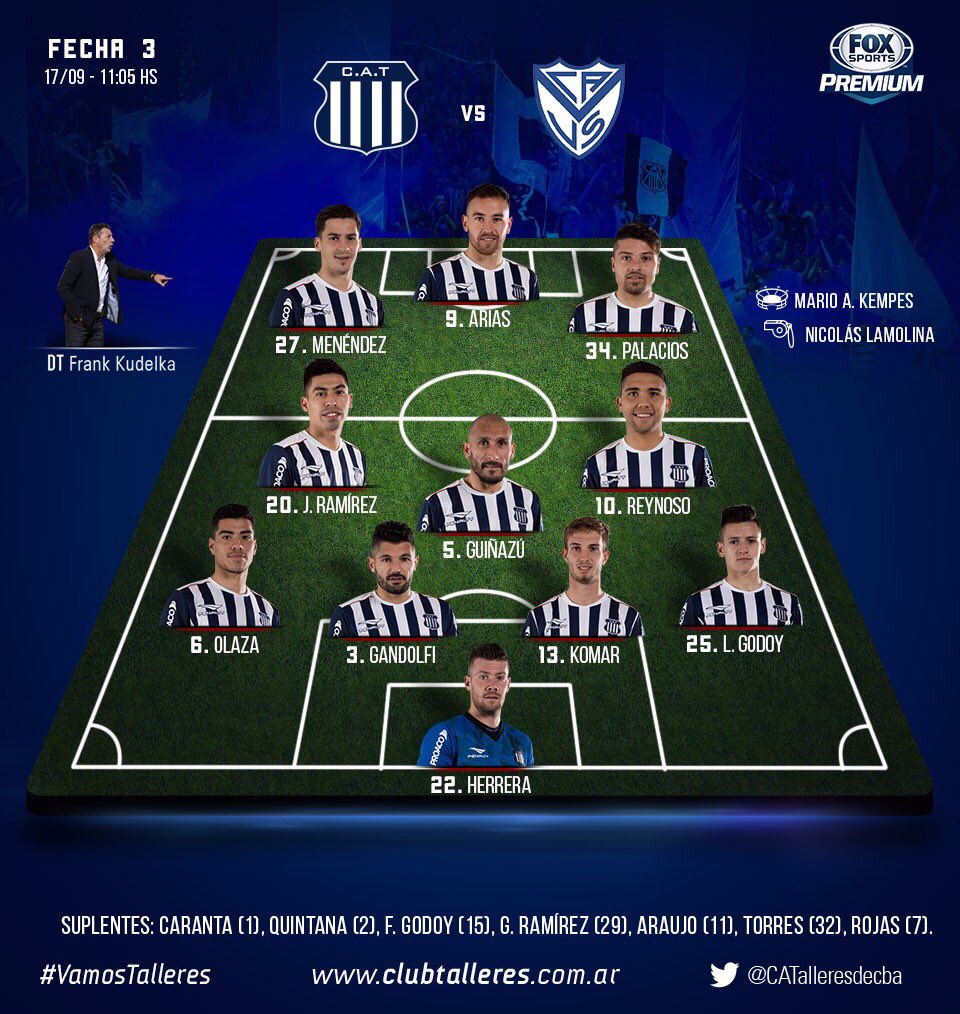
Explore the rich history and significance of the Copa libertadores , the premier club football tournament in South America.
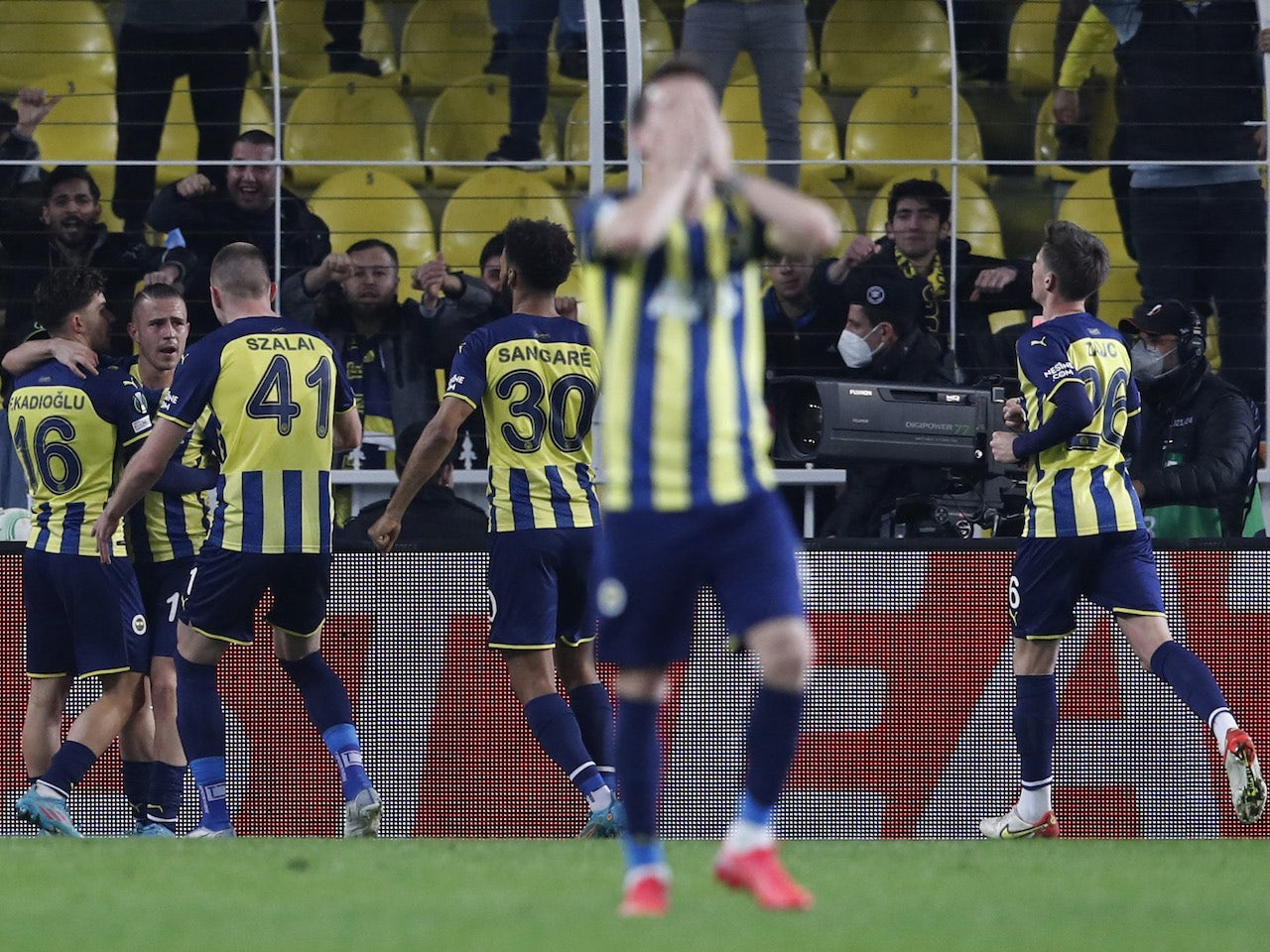

The tournament was first held in 1960 and has since become a symbol of excellence in South American football. The name ' libertadores' refers to the liberation movements that took place in Latin America during the 19th century, highlighting the cultural and historical significance attached to this competition.
Teams from ten different countries participate in the Copa libertadores, including Argentina, Brazil, Uruguay, Colombia, Chile, Ecuador, Paraguay, Peru, Bolivia, and Venezuela. The format of the tournament involves a series of knockout rounds leading up to the final match.
Over the years, many legendary clubs have left their mark on the Copa libertadores. Argentinian giants Boca Juniors and River Plate are among the most successful teams in the history of the competition. They have faced each other in several memorable finals, creating one of football's greatest rivalries known as 'Superclásico.'
Brazilian clubs have also made their presence felt in the Copa libertadores. Santos FC, led by legendary player Pelé, won three consecutive titles from 1962-1964. São Paulo FC holds a record for winning three titles in just five years (1992-1995).
Uruguayan clubs such as Club Nacional de Football and Club Atlético Peñarol have shown great success in past editions of the tournament. In fact, they were dominant forces during its early years and continue to be respected contenders.
The importance of winning the Copa libertadores goes beyond the glory of lifting the trophy. The champion earns the right to represent South America in the FIFA Club World Cup, facing off against other continental champions from around the globe.
The Copa libertadores has provided football fans with countless memorable moments throughout its history. From spectacular goals to intense rivalries and dramatic finals, the tournament never fails to captivate audiences worldwide.
One of the most unforgettable finals took place in 2018 when Boca Juniors and River Plate clashed in a two-legged final dubbed the 'Final del Siglo' (Final of the Century). The matches were played at both clubs' home stadiums, resulting in an electric atmosphere and intense competition. River Plate emerged as the victors, winning 5-3 on aggregate.
In recent years, there have been discussions about expanding the Copa libertadores to include more teams and potentially changing its format. However, any changes made must ensure that the rich traditions and competitive spirit of this historic tournament are preserved.
The Copa libertadores continues to be a pinnacle of achievement for South American clubs, representing their passion, talent, and dedication to football. It is a celebration of South American culture and a testament to the region's footballing excellence.
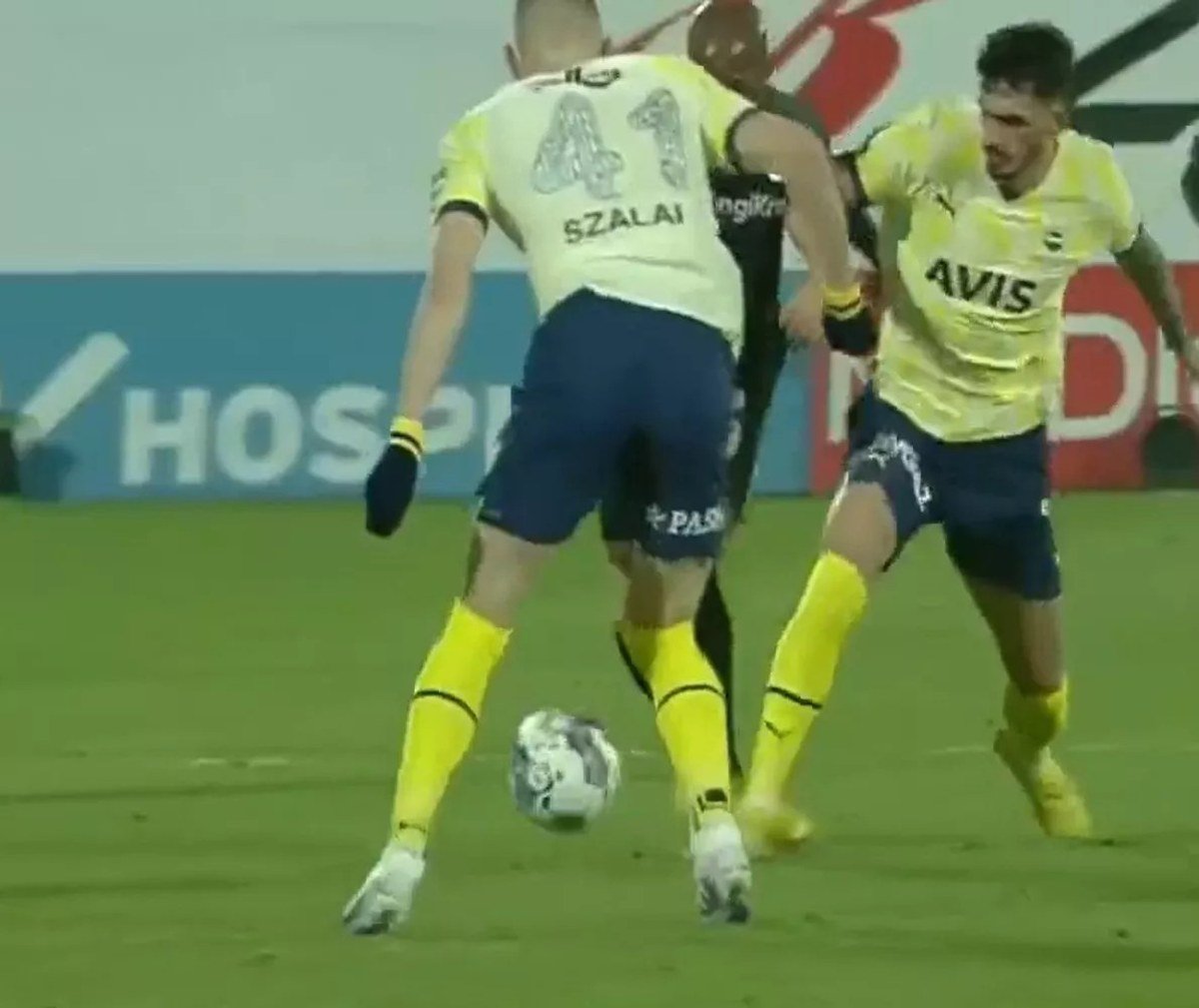

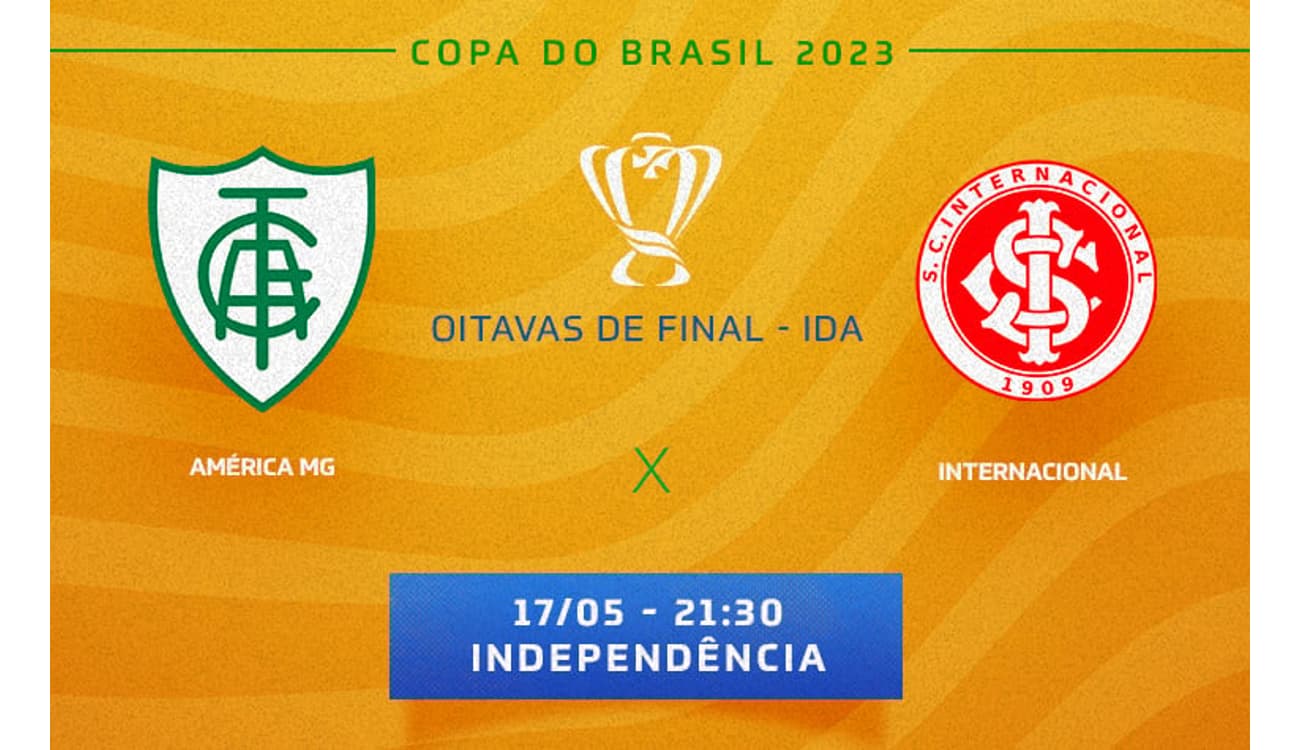
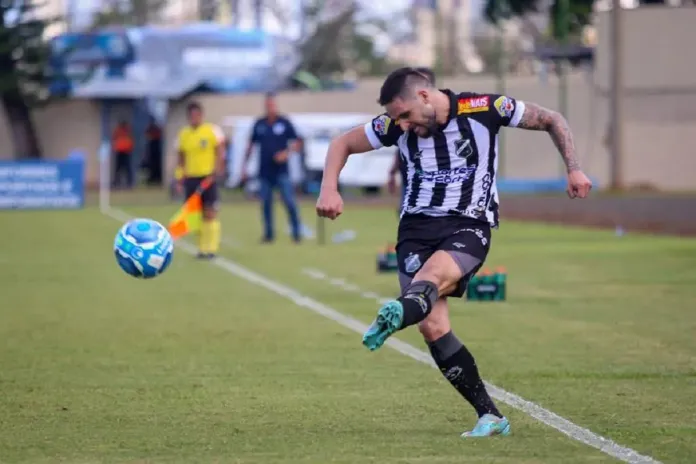

Preview: Fenerbahce vs. Hatayspor - prediction, team news, lineups - Sports Mole

Programa Minha Casa Minha Vida: O Que Mudou em 2023? - %
The Copa libertadores is an annual club football competition organized by the South American Football Confederation (CONMEBOL). It is considered one of the most prestigious tournaments in the world, showcasing the best teams from across South America.The tournament was first held in 1960 and has since become a symbol of excellence in South American football. The name ' libertadores' refers to the liberation movements that took place in Latin America during the 19th century, highlighting the cultural and historical significance attached to this competition.
Teams from ten different countries participate in the Copa libertadores, including Argentina, Brazil, Uruguay, Colombia, Chile, Ecuador, Paraguay, Peru, Bolivia, and Venezuela. The format of the tournament involves a series of knockout rounds leading up to the final match.
Over the years, many legendary clubs have left their mark on the Copa libertadores. Argentinian giants Boca Juniors and River Plate are among the most successful teams in the history of the competition. They have faced each other in several memorable finals, creating one of football's greatest rivalries known as 'Superclásico.'
Brazilian clubs have also made their presence felt in the Copa libertadores. Santos FC, led by legendary player Pelé, won three consecutive titles from 1962-1964. São Paulo FC holds a record for winning three titles in just five years (1992-1995).
Uruguayan clubs such as Club Nacional de Football and Club Atlético Peñarol have shown great success in past editions of the tournament. In fact, they were dominant forces during its early years and continue to be respected contenders.
The importance of winning the Copa libertadores goes beyond the glory of lifting the trophy. The champion earns the right to represent South America in the FIFA Club World Cup, facing off against other continental champions from around the globe.
The Copa libertadores has provided football fans with countless memorable moments throughout its history. From spectacular goals to intense rivalries and dramatic finals, the tournament never fails to captivate audiences worldwide.
One of the most unforgettable finals took place in 2018 when Boca Juniors and River Plate clashed in a two-legged final dubbed the 'Final del Siglo' (Final of the Century). The matches were played at both clubs' home stadiums, resulting in an electric atmosphere and intense competition. River Plate emerged as the victors, winning 5-3 on aggregate.
In recent years, there have been discussions about expanding the Copa libertadores to include more teams and potentially changing its format. However, any changes made must ensure that the rich traditions and competitive spirit of this historic tournament are preserved.
The Copa libertadores continues to be a pinnacle of achievement for South American clubs, representing their passion, talent, and dedication to football. It is a celebration of South American culture and a testament to the region's footballing excellence.

Ümraniyespor-Fenerbahçe maçında tartışılan gol pozisyonu
Portal da Câmara Municipal da Lagoa

América-MG x Internacional: onde assistir, prováveis times e desfalques
